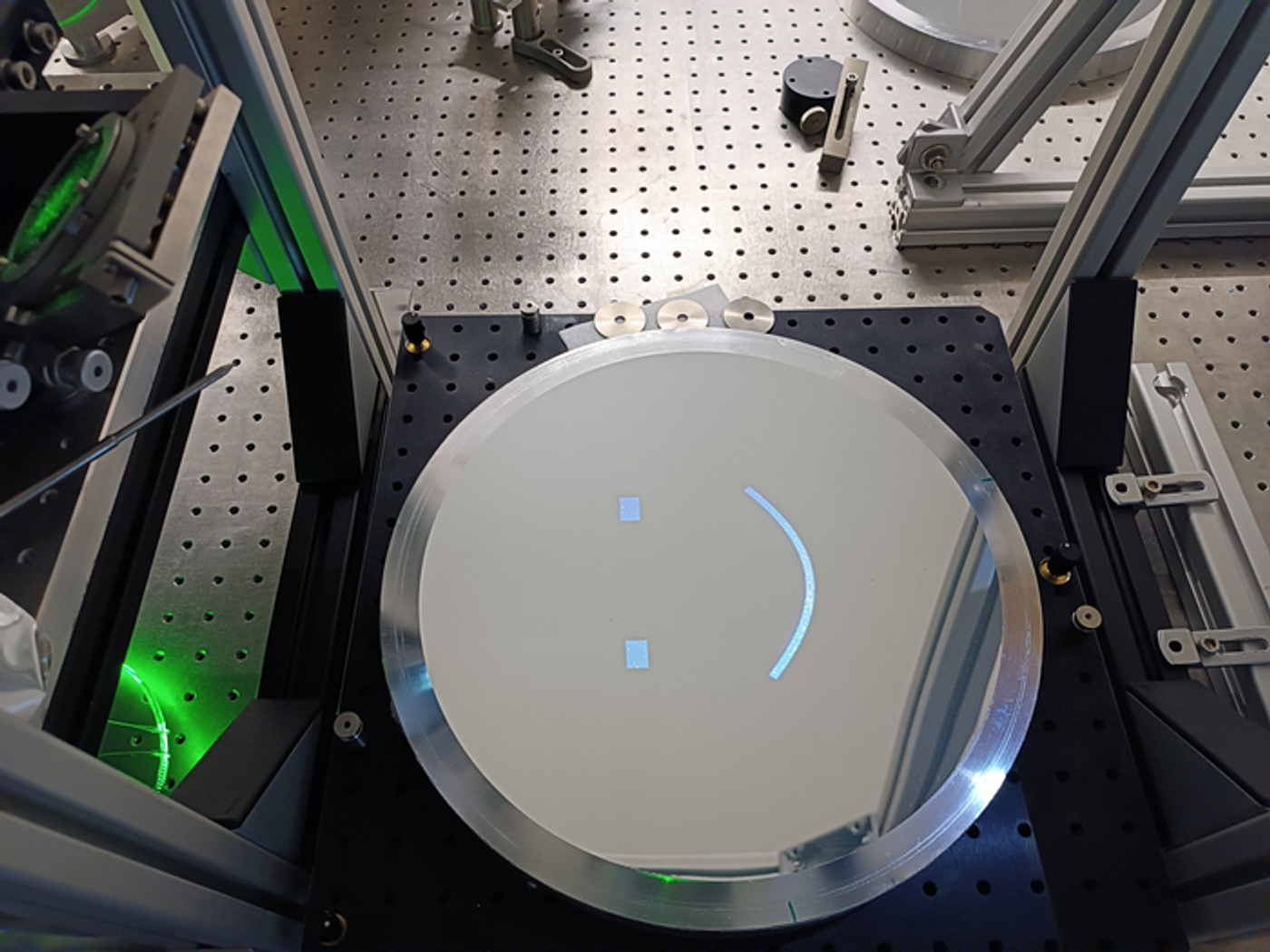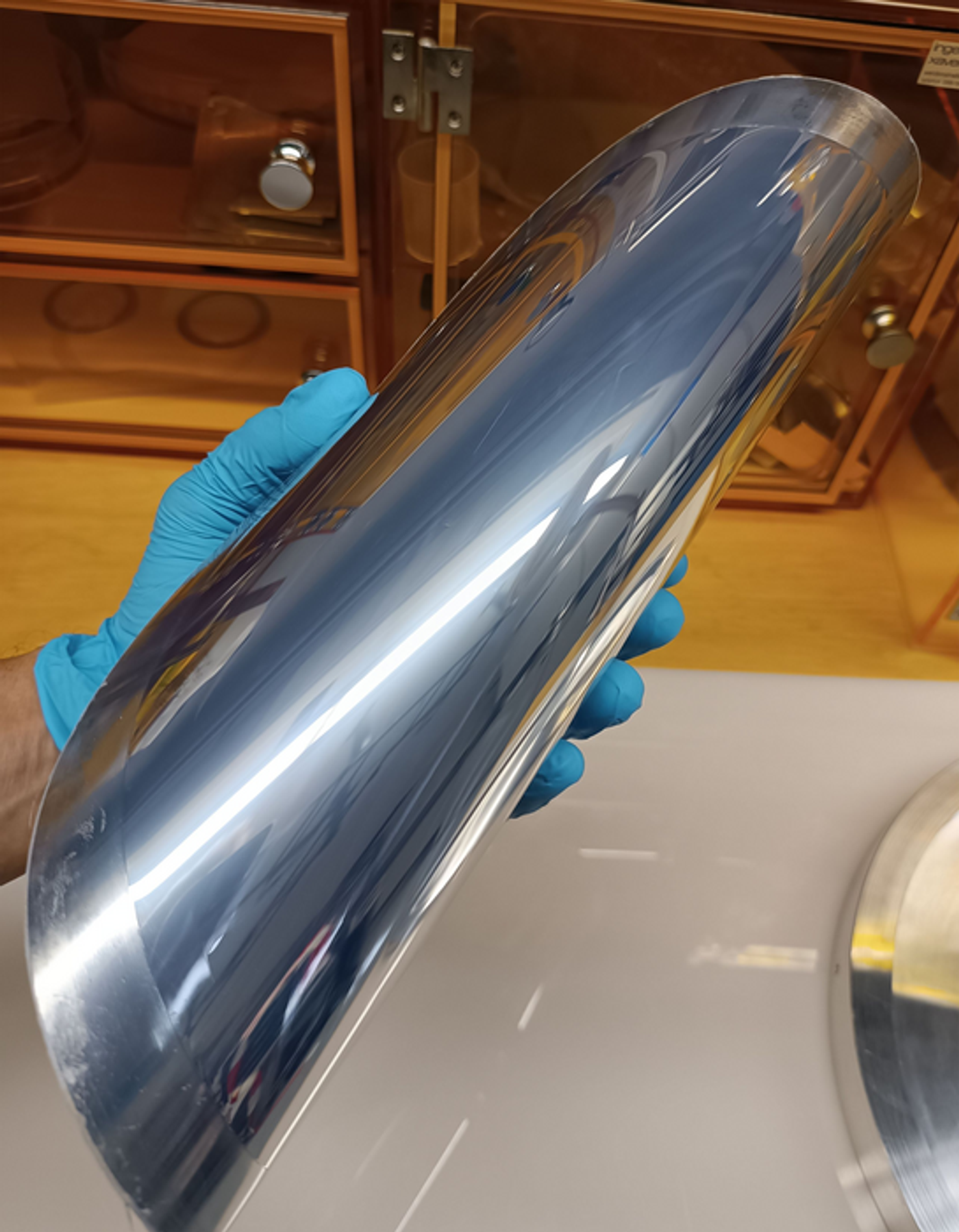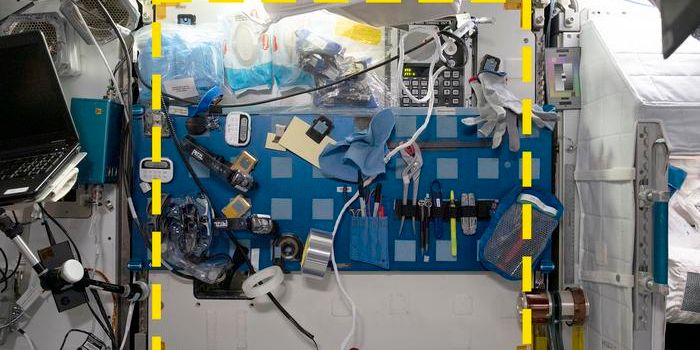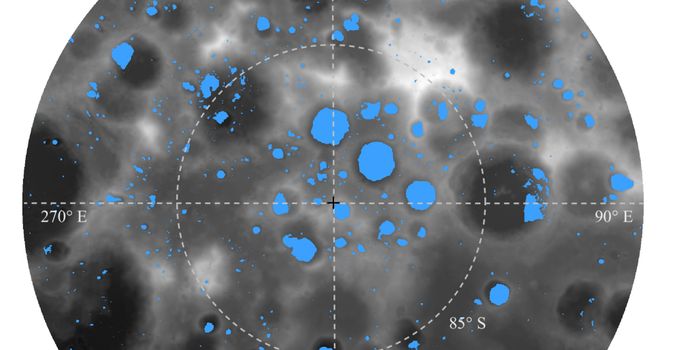Space Telescopes Could Get Upgrade With Lightweight Flexible Mirrors
Can space telescopes be improved for future astronomy studies? This is what a researcher from the Max Planck Institute for Extraterrestrial Physics hopes to find out as he developed a method of producing both large and affordable malleable mirrors that can be used for space telescopes. This study holds the potential to decrease the cost of constructing space telescopes mirrors which traditionally are heavy and expensive.
Artist illustration of space telescopes using the membrane-based mirror technology developed in this study. (Credit: Sebastian Rabien, Max Planck Institute for Extraterrestrial Physics)
“Launching and deploying space telescopes is a complicated and costly procedure,” said Dr. Sebastian Rabien from the Max Planck Institute for Extraterrestrial Physics, and sole author of the study. “This new approach — which is very different from typical mirror production and polishing procedures — could help solve weight and packaging issues for telescope mirrors, enabling much larger, and thus more sensitive, telescopes to be placed in orbit.”
For the study, Dr. Rabien successfully grew parabolic membrane mirror prototypes with a diameter of almost 12 inches (30 centimeters) using chemical vapor deposition on a rotating liquid within a vacuum chamber. Along with that, he also created a technique using only heat to correct imperfections within the mirrors that could happen during the mirror unfolding process, also known as mirror deployment.
One of the membrane-based mirrors developed for this study. (Credit: Sebastian Rabien, Max Planck Institute for Extraterrestrial Physics)
A researcher demonstraing the flexibility of the membrane-based mirrors developed for this study. (Credit: Sebastian Rabien, Max Planck Institute for Extraterrestrial Physics)
“It has long been known that rotating liquids that are aligned with the local gravitational axis will naturally form a paraboloid surface shape,” said Rabien. “Utilizing this basic physics phenomenon, we deposited a polymer onto this perfect optical surface, which formed a parabolic thin membrane that can be used as the primary mirror of a telescope once coated with a reflecting surface such as aluminum.”
Along with space telescope applications, adaptive optics systems could also make use of this new membrane-based mirror technology, as well. Going forward, Dr. Rabien and his colleagues will be testing the distortion tolerances of the new mirrors along with examining the potential for a large-scale primary mirror, including packaging and unfolding processes and surface structure.
What new discoveries will scientists make about space telescope mirrors in the coming years and decades? Only time will tell, and this is why we science!
Sources: Applied Optics, Optica
As always, keep doing science & keep looking up!











